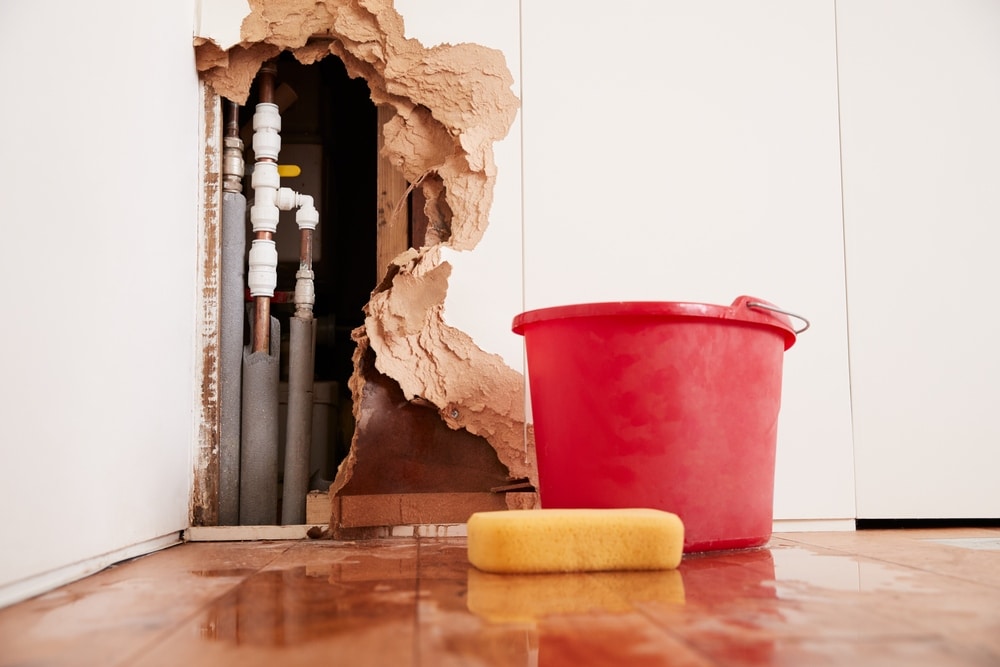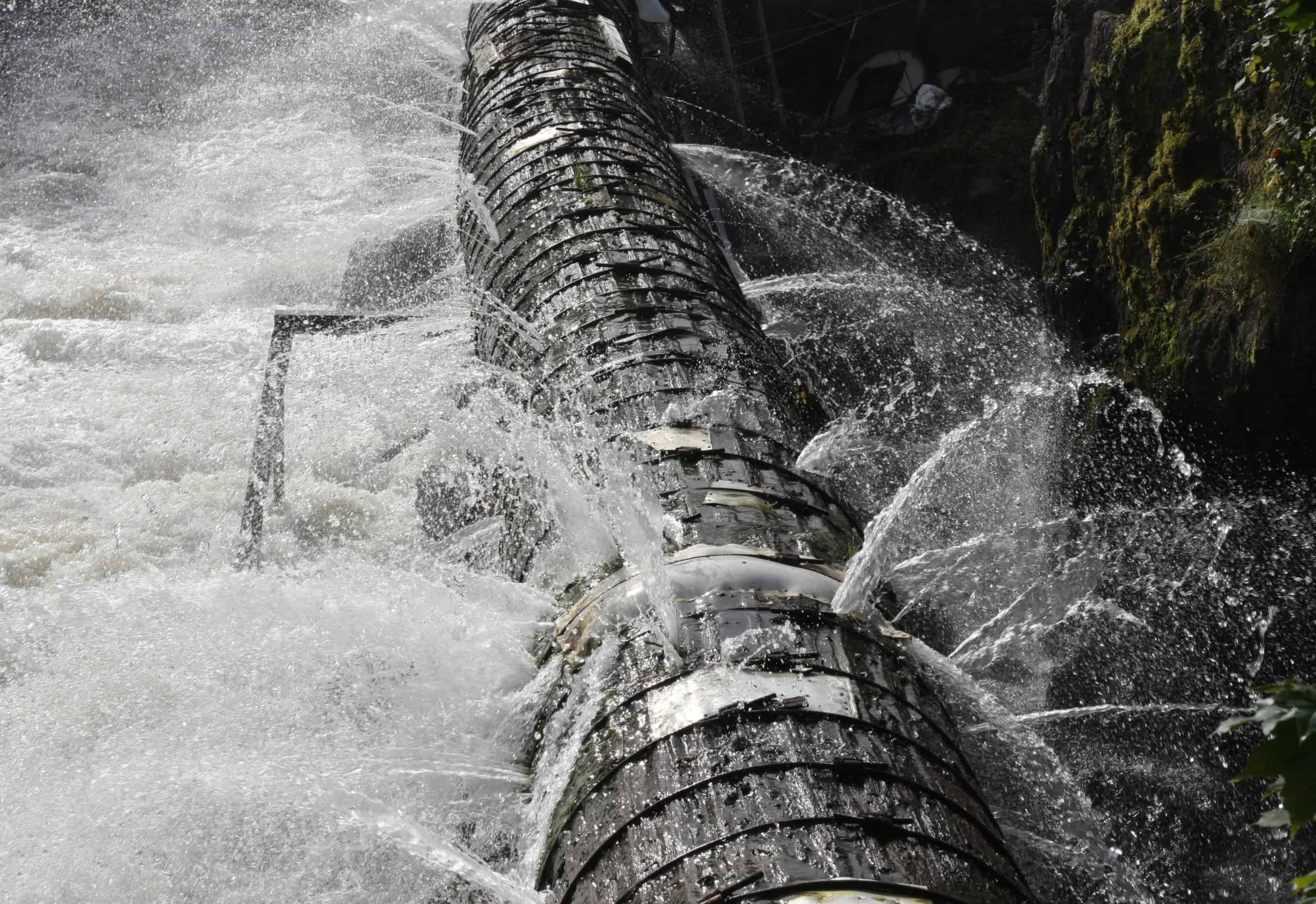The Hidden Dangers of a Burst Pipe and How to Fix It Quickly
The Hidden Dangers of a Burst Pipe and How to Fix It Quickly
Blog Article
Stopping Ruptured Pipes: Crucial Tips to Safeguard Your Pipes
Protecting against burst pipes is a crucial issue for house owners, particularly throughout cooler months when the danger of freezing is heightened. Applying critical measures such as appropriate insulation, routine assessments, and keeping regular interior temperatures can dramatically decrease the possibility of pipeline failure. Additionally, recognizing emergency treatments equips house owners to respond swiftly to prospective plumbing problems. Many are not aware of the details vulnerabilities that their pipes may face. Discovering these susceptabilities can give very useful insights right into protecting your pipes system properly.
Understand Pipeline Vulnerabilities
Comprehending pipeline vulnerabilities is important for efficient pipes maintenance and stopping pricey damage. Numerous variables add to the vulnerability of pipes to bursts, consisting of material structure, age, and environmental problems. Older pipes, especially those made from galvanized steel or polybutylene, often degrade over time, resulting in raised threat of ruptures and leaks.
Temperature fluctuations can also substantially impact pipe honesty. In chillier environments, water entraped in pipelines can ice up, putting in and increasing pressure on the pipe wall surfaces, which might ultimately result in a ruptured. High water stress can strain pipelines, particularly at bends and joints, increasing the chance of failing.

Insulate Pipes Properly
Correct insulation of pipelines is important for protecting against freezing and subsequent ruptureds during winter (burst pipe). Shielding your plumbing system successfully safeguards versus temperature drops that can lead to pricey damages. Begin by recognizing vulnerable areas where pipes are exposed to outdoor temperatures, such as basements, attics, and outside walls
Use foam pipe insulation sleeves or wrap insulation tape around these locations to offer a protective barrier. Guarantee that all areas of the pipes, especially those with minimal warmth direct exposure, obtain sufficient insulation. Pay special focus to joints and installations, as these are much more vulnerable to freezing.
When protecting, it's important to select materials that fulfill regional building ordinance and are appropriate for the certain atmosphere. For example, fiberglass insulation is often recommended for its thermal resistance residential or commercial properties - burst pipe. Additionally, consider making use of heat wires or tape in severe conditions, which can be plugged in to supply supplemental warm
Regularly evaluate protected pipelines for any kind of signs of wear or damages, as endangered insulation can decrease its performance. By taking these proactive procedures, you dramatically decrease the danger of pipeline bursts, making certain a reputable pipes system throughout the cold weather.
Maintain Consistent Temperature
A secure interior temperature is essential for protecting against burst pipelines during the freezing months. When temperatures drop, water within pipes can ice up, developing and broadening stress that may inevitably trigger the pipes to burst.Making use of a programmable thermostat can aid handle interior temperature levels properly, making certain that areas with pipes stay warm see this page even when the home is empty.
In enhancement, it is prudent to permit faucets to leak somewhat throughout extreme cool spells. This small flow of water can avoid freezing by reducing stress within the pipes. Furthermore, during particularly serious weather condition occasions, take into consideration briefly putting on hold any type of nighttime troubles on your thermostat to preserve a stable cozy environment. By carrying out these techniques, property owners can significantly decrease the threat of pipeline bursts and protect their plumbing systems against the harsh wintertime elements.
Regularly Examine Pipes
Normal examinations of pipes systems are critical for preventing ruptured pipes and maintaining overall home honesty. Throughout these evaluations, it is important to check out noticeable pipelines for indications of corrosion, leaks, or use.
Furthermore, evaluating joints and links is vital, as these points are usually prone to leaks. Homeowners need to likewise assess water stress levels, as too much pressure can go to these guys stress the plumbing system and raise the risk of pipe ruptureds.
Think about scheduling expert plumbing assessments at least annually, especially prior to winter season, to guarantee your system is planned for chillier temperatures. Routine evaluations not only aid in identifying prompt issues but also foster lasting upkeep techniques that can boost the life-span of your plumbing system. By being proactive official site in your approach, you can secure your home versus the pricey and disruptive effects of ruptured pipelines. Prioritizing plumbing examinations is an investment in your house's health and wellness.
Know Emergency Situation Treatments
Understanding emergency situation procedures is essential for every single property owner, specifically after performing normal plumbing inspections. Being planned for a plumbing emergency situation can considerably minimize damage and conserve costs. Initially, find your main water shut-off shutoff; it is usually found near the water meter or where the main line enters your home. Familiarize on your own with its procedure, as closing off the supply of water rapidly can protect against considerable flooding.
Following, maintain crucial tools helpful. A plumbing emergency situation package must consist of a wrench, plunger, and towels, along with a flashlight and a pail for small leaks. In addition, take into consideration having the get in touch with details for a relied on plumber conveniently offered, must the circumstance rise past your control.
If you identify a leakage or burst pipe, right away turn off the water and alert your plumber. In addition, record the damages with pictures for insurance policy objectives. burst pipe. Be mindful of the signs of possible pipes problems, such as uncommon water stress changes or damp areas on walls
Eventually, aggressive understanding and swift action are vital in taking care of plumbing emergency situations, guaranteeing your home remains secured and reducing potential damage.

Conclusion
In final thought, protecting against ruptured pipes necessitates a multifaceted strategy that consists of understanding pipeline vulnerabilities, correct insulation, maintaining constant indoor temperature levels, regular examinations, and knowledge of emergency situation procedures. By applying these vital methods, the risk of plumbing failings can be substantially minimized, thus ensuring the longevity and performance of the plumbing system. Aggressive steps not only safeguard against prospective damage however additionally add to general water preservation and the protection of building.
In chillier environments, water trapped in pipelines can ice up, broadening and putting in stress on the pipe walls, which might ultimately lead to a burst. When temperature levels drop, water within pipelines can ice up, broadening and creating pressure that may inevitably trigger the pipelines to burst. By implementing these approaches, property owners can dramatically reduce the risk of pipeline ruptureds and guard their plumbing systems against the severe winter season aspects.

Report this page